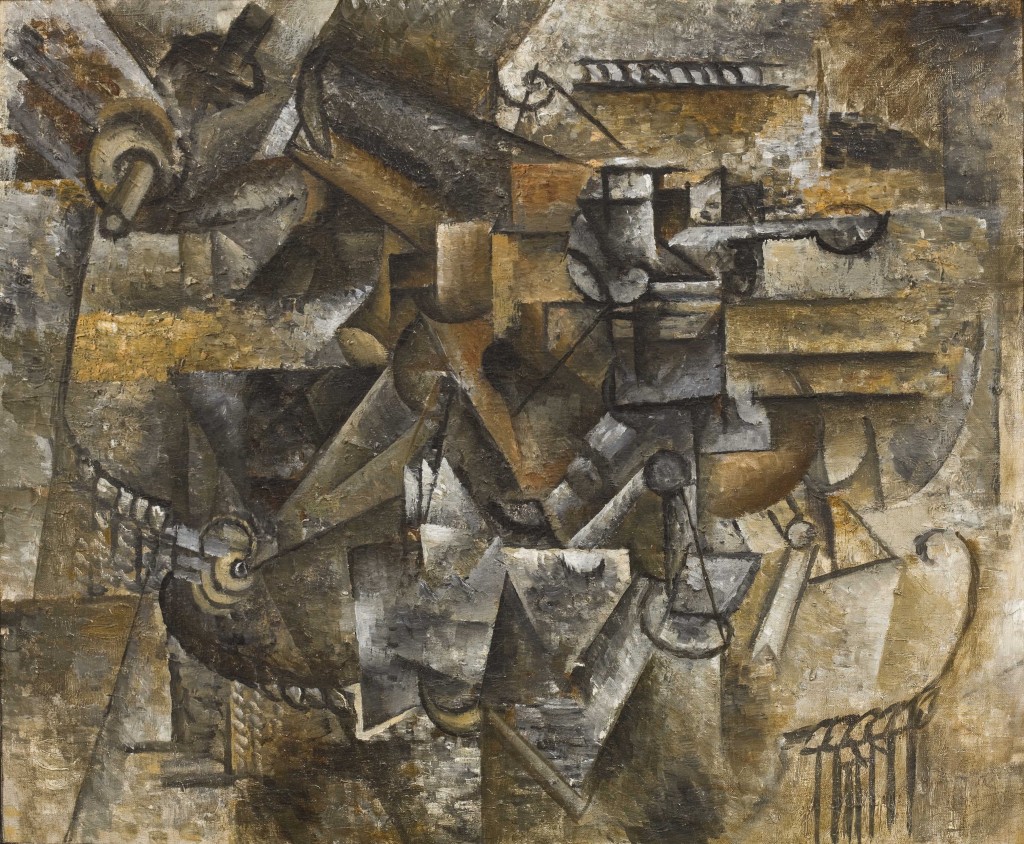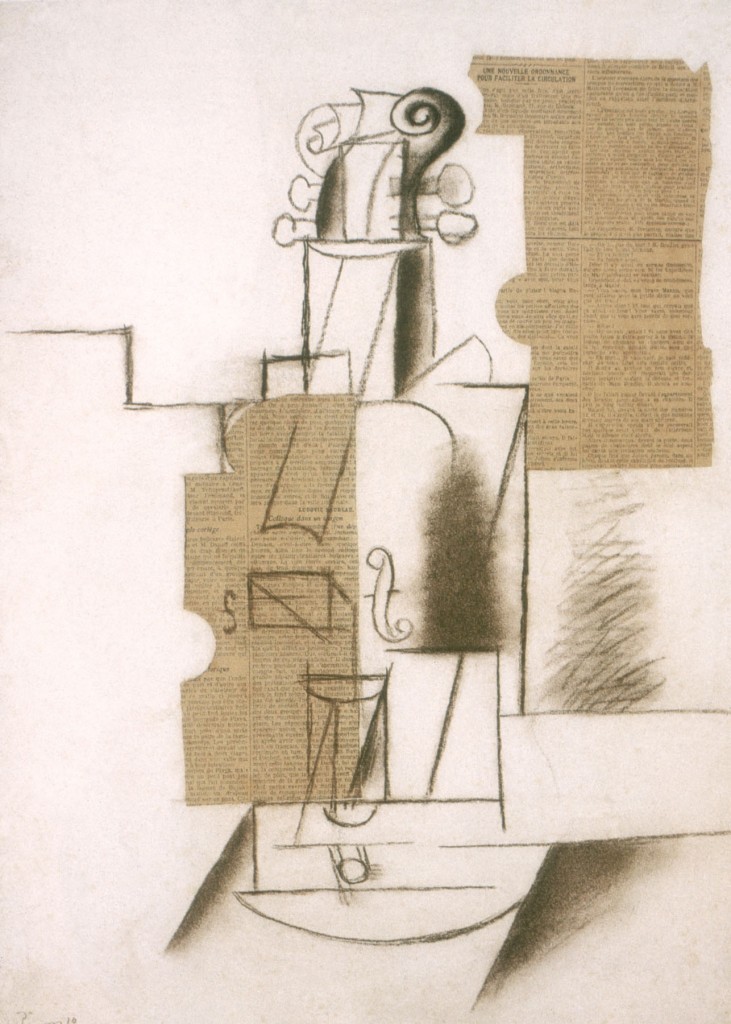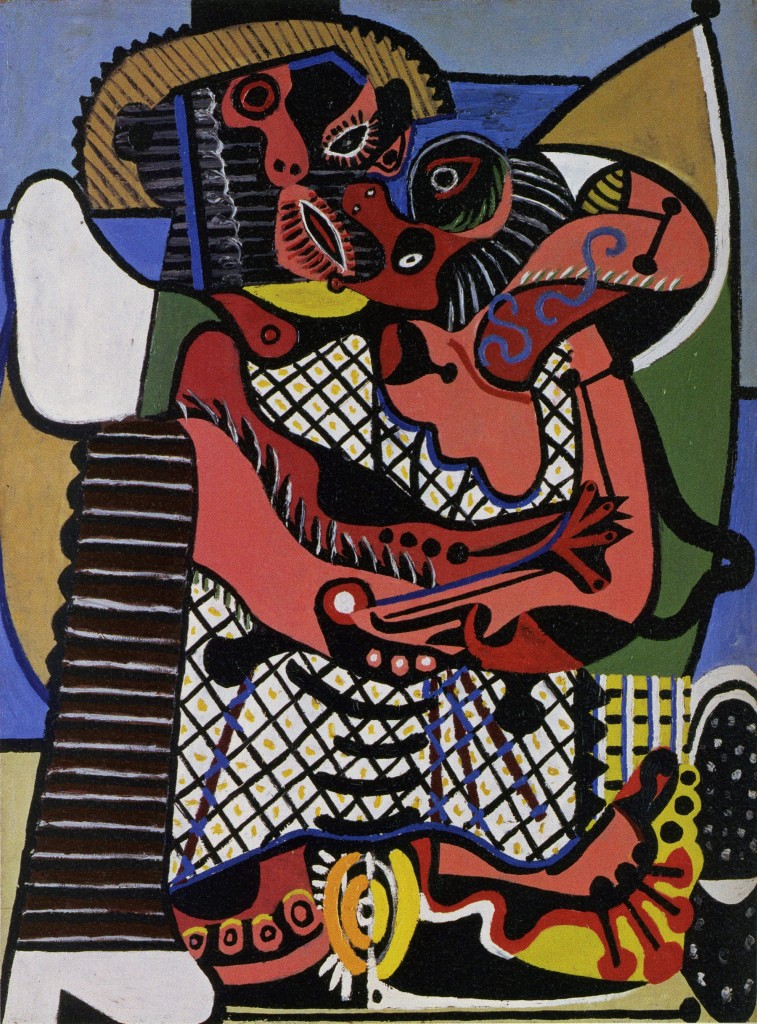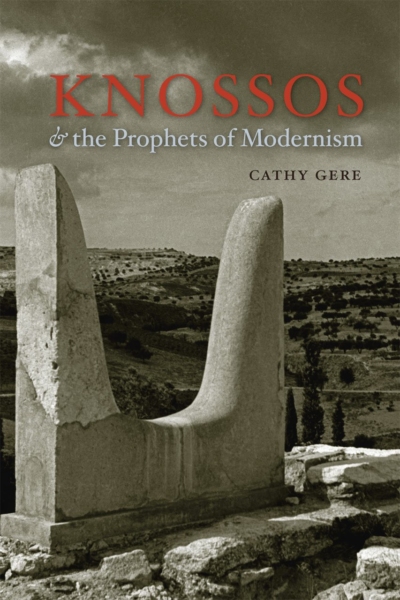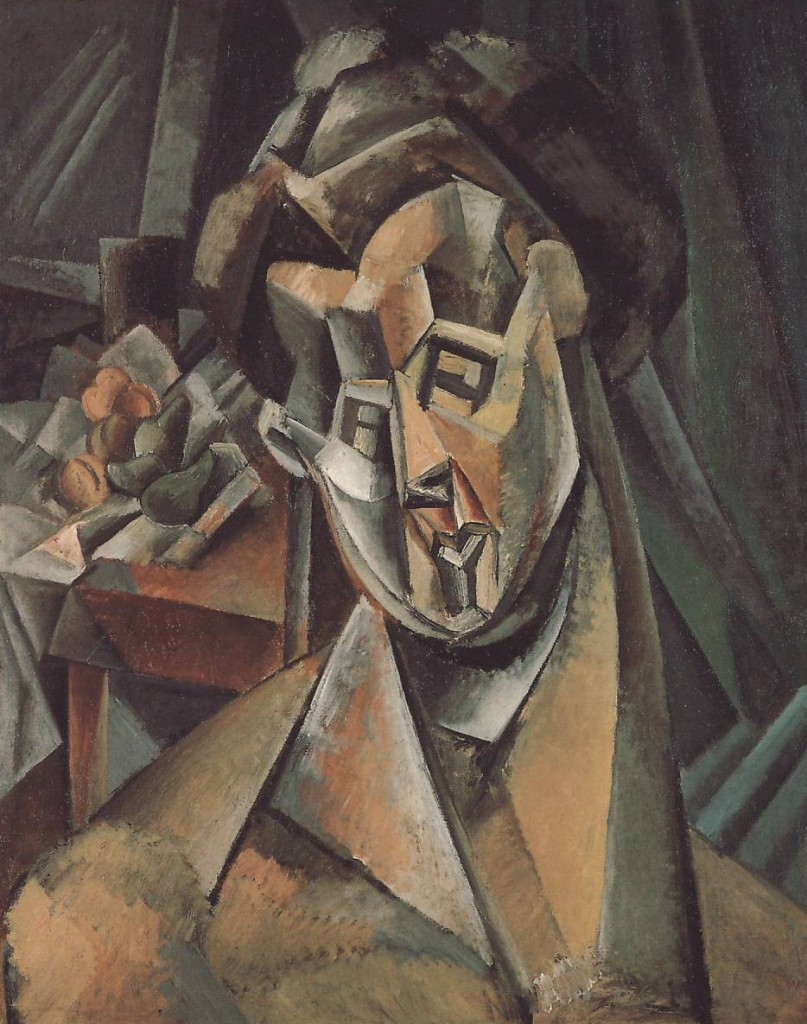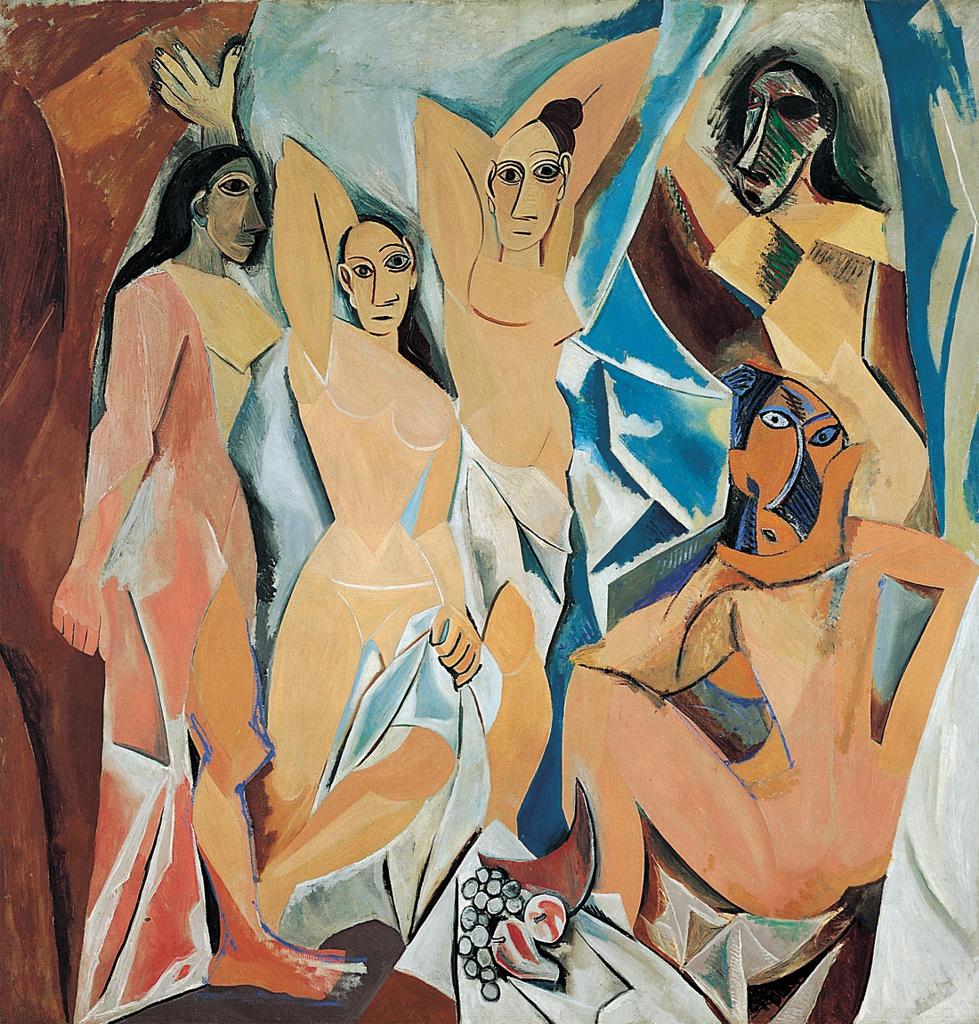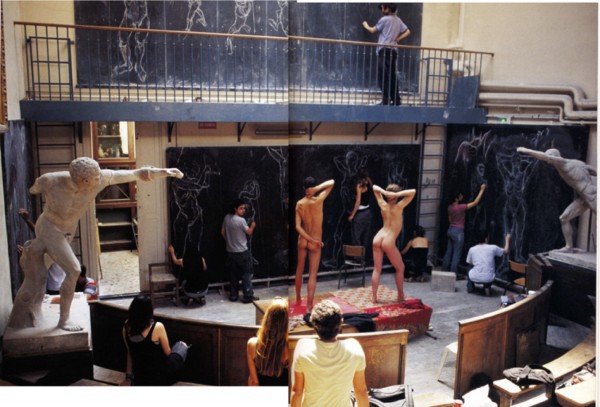
Rose-Period Picasso: Drawing, Effort, and Habit in Modernism
From the beginning of Picasso’s career to the end, he depicted life-size figures. An essential aspect of this way of working is made curiously prominent in Boy Leading a Horse—because an effortful, first moment of learning reinstalls itself in an uninvited fashion. Recall that the palmar grasp affords a longer range but simultaneously deprives the artist of his ability to maintain the hand in a flowing continuous movement across the surface (as evident in the photograph of the École).

